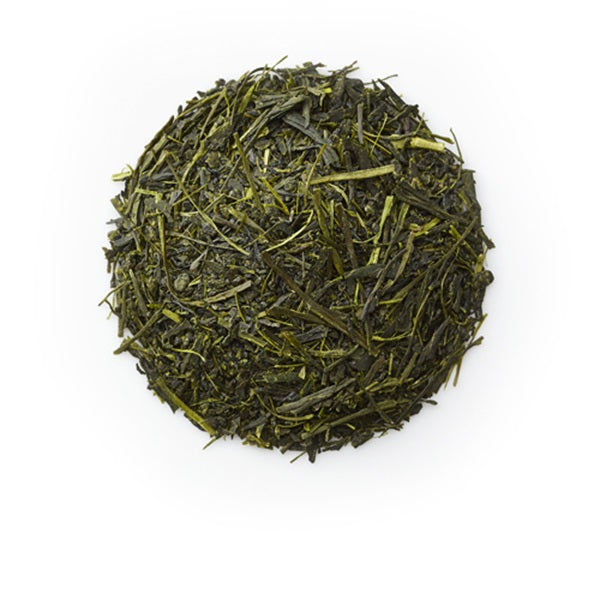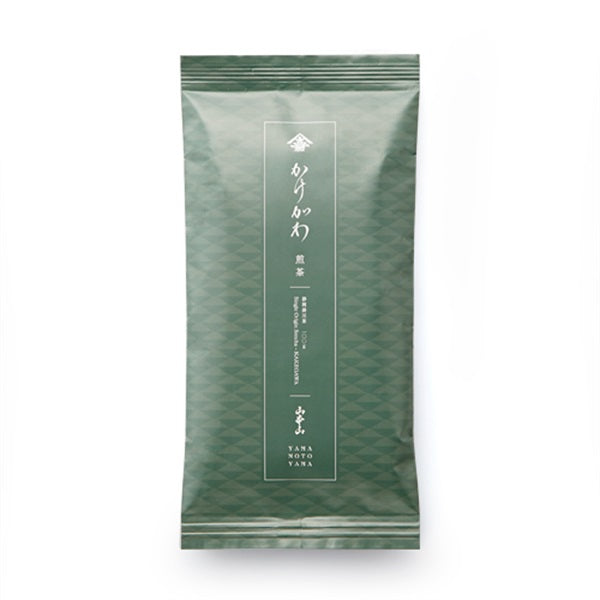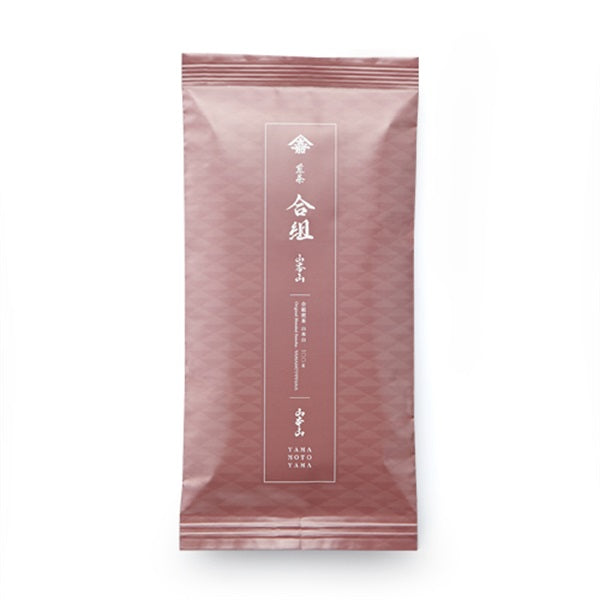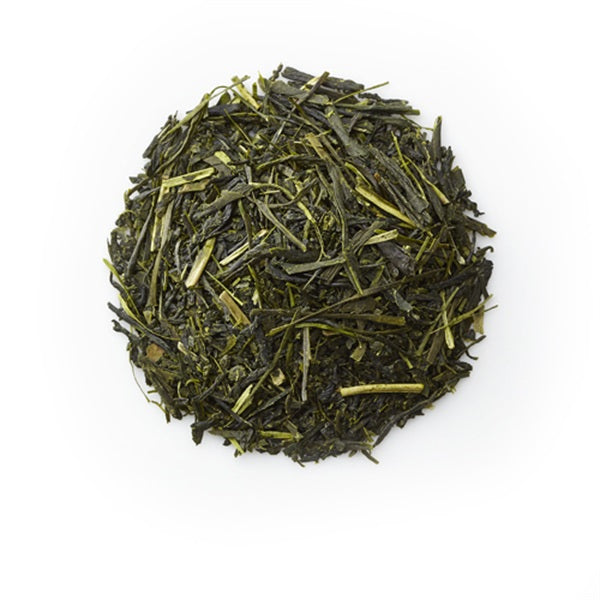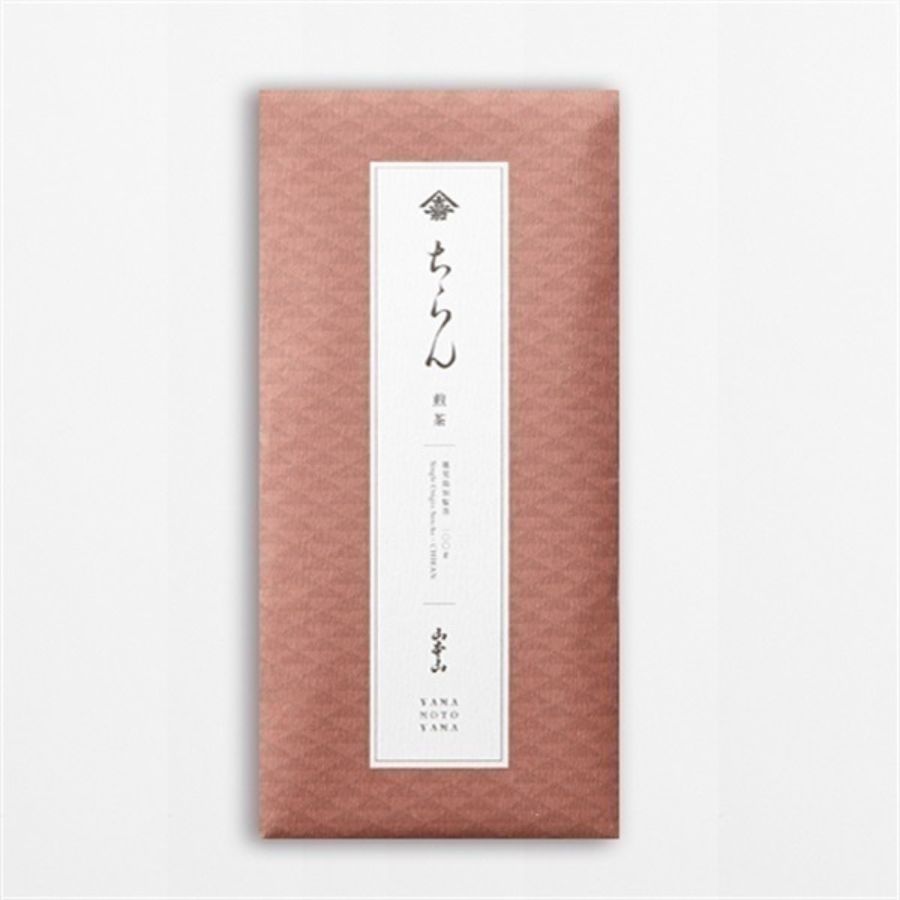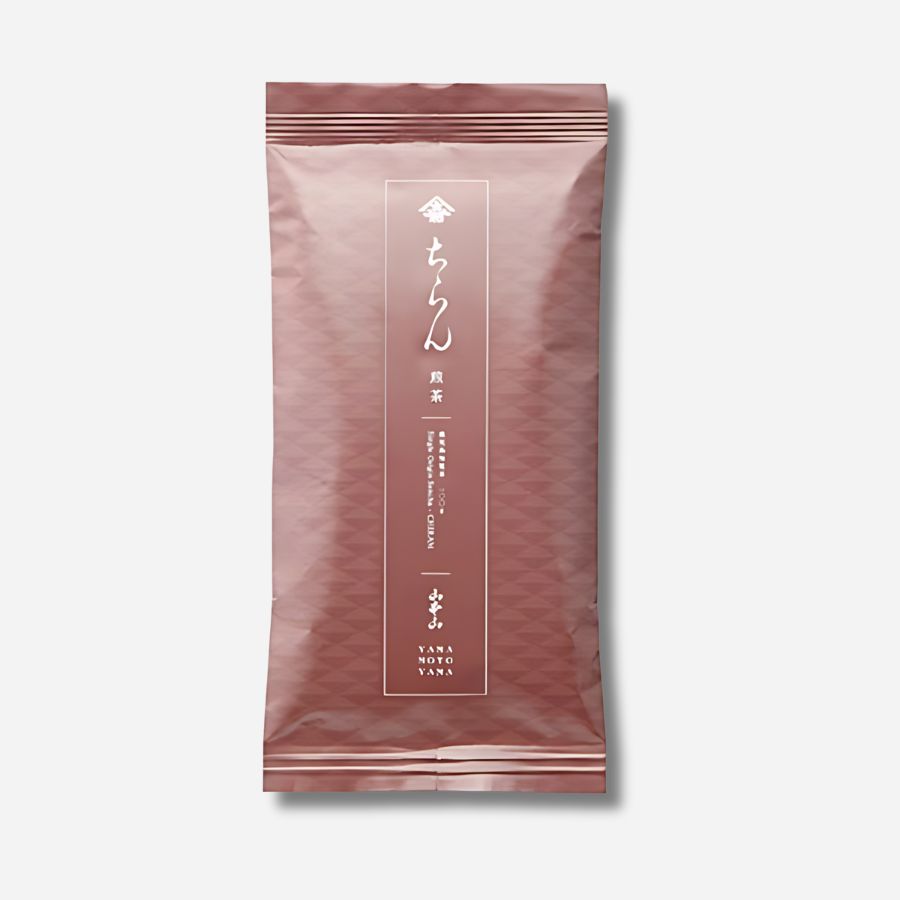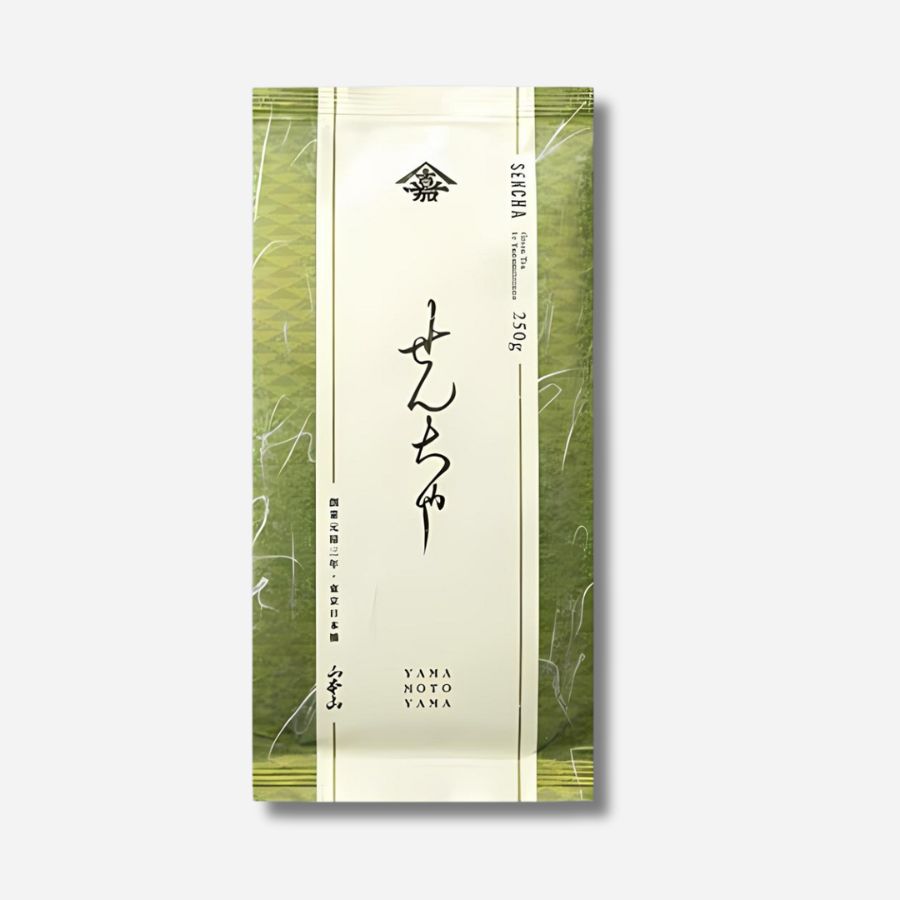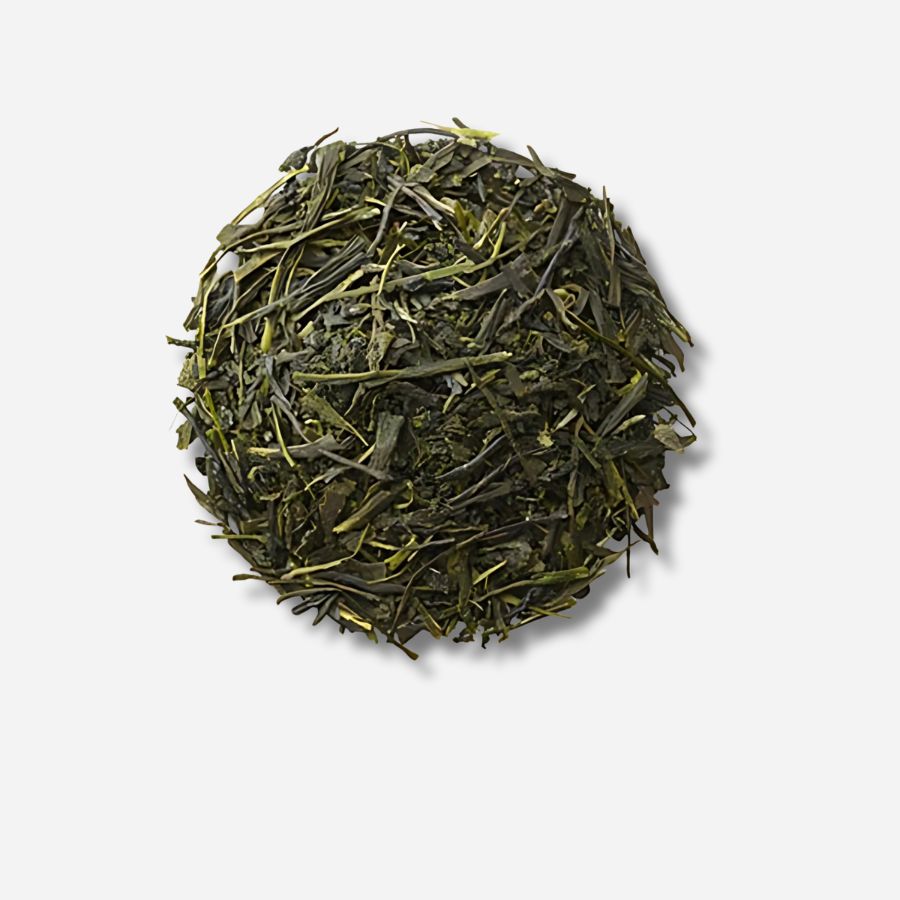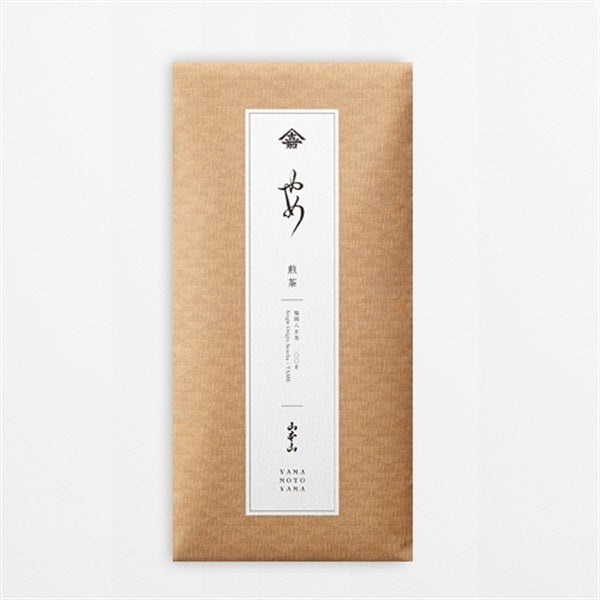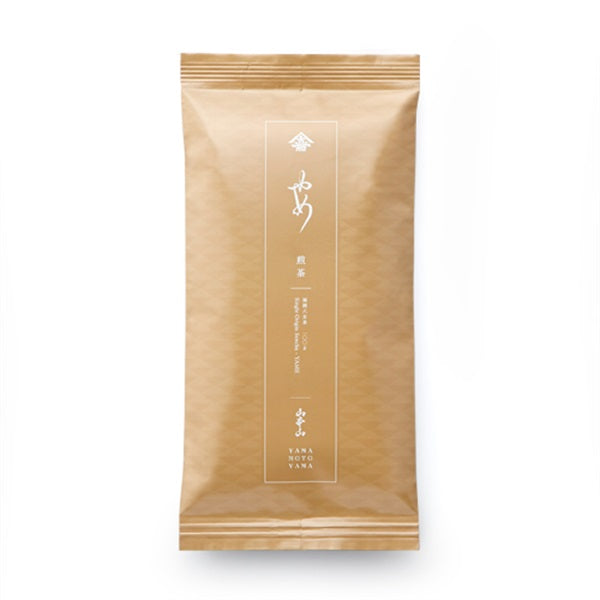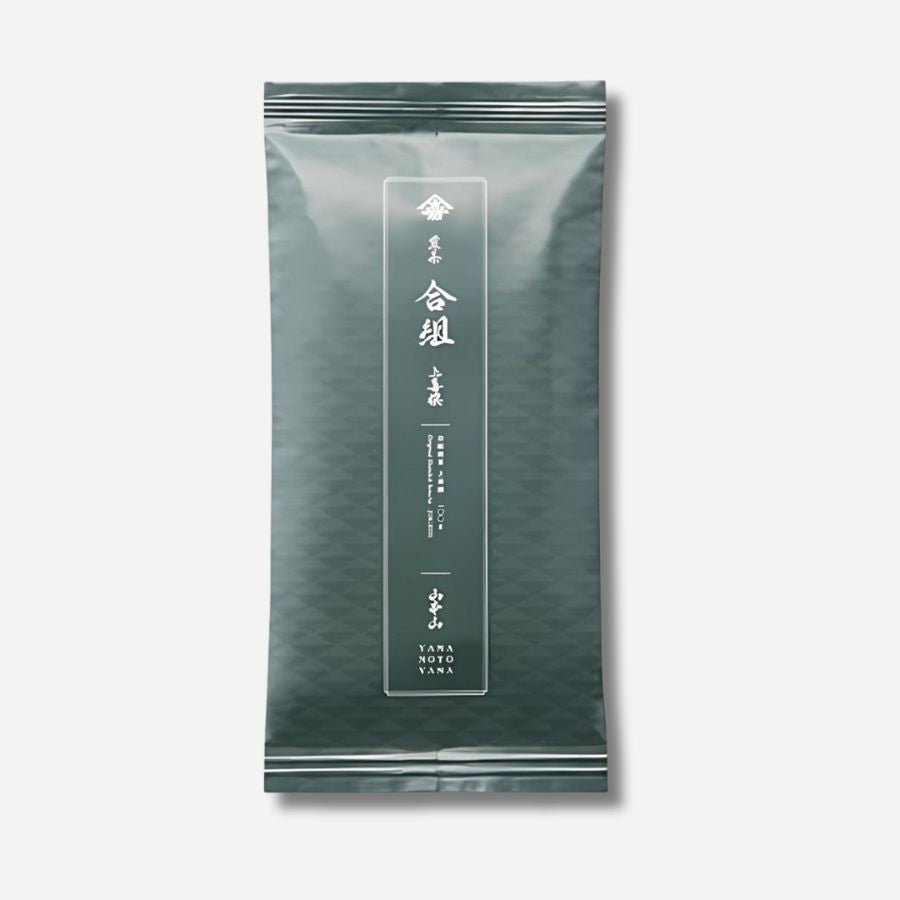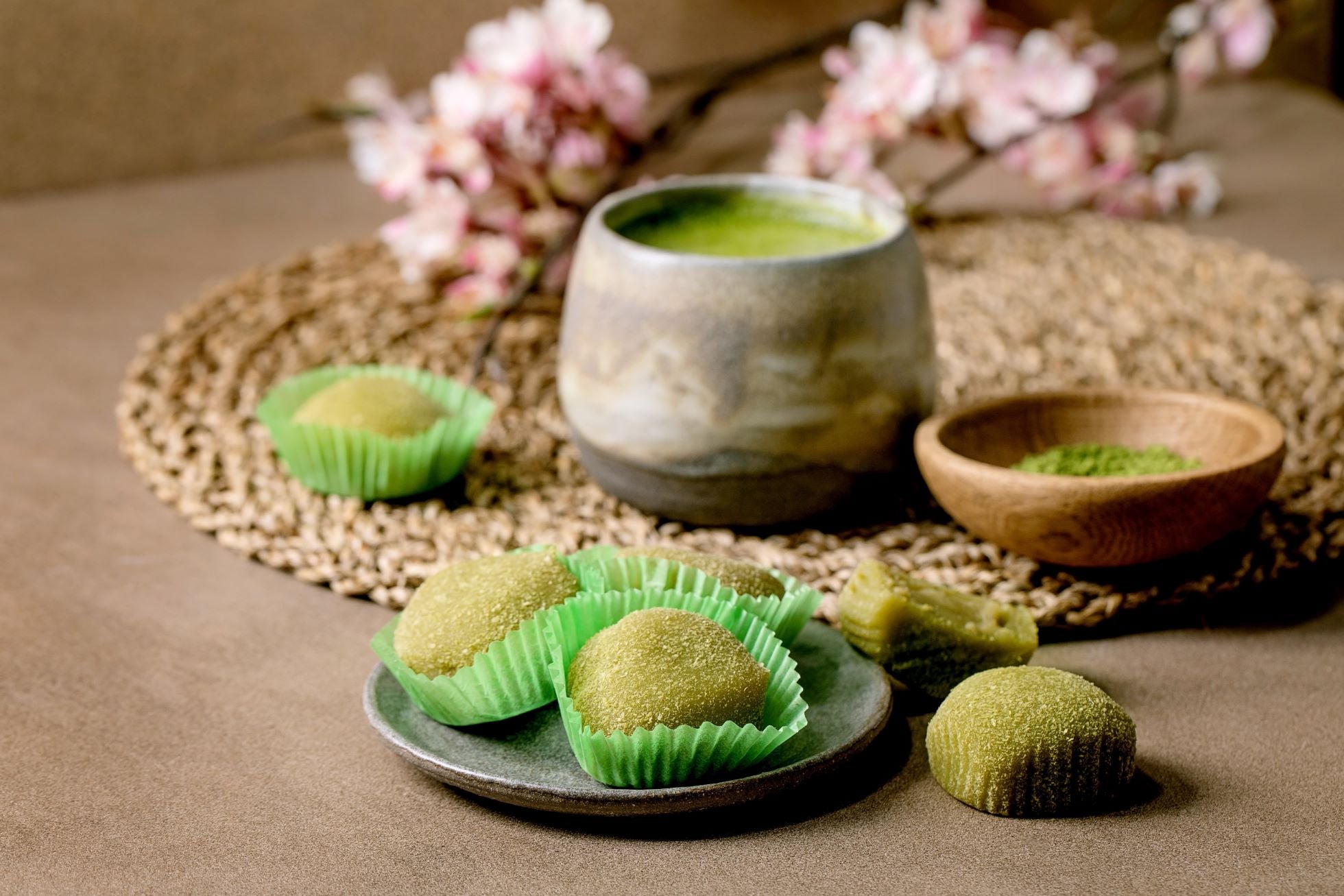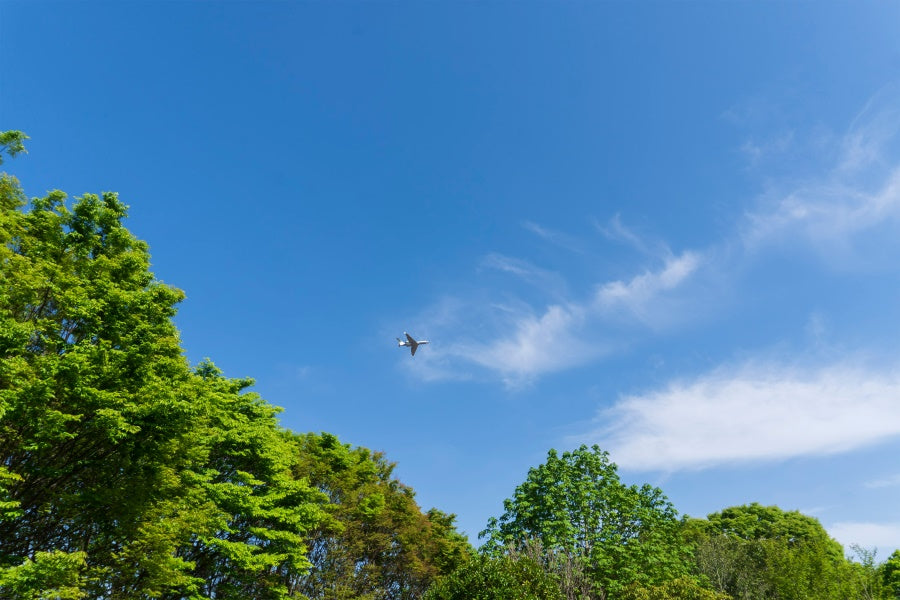
What's the difference between Gyokuro and green tea (Sencha)? A thorough explanation from cultivation methods to taste!
Introduction
Gyokuro and sencha are both representative Japanese green teas, but their tastes and flavors are very different.
This difference is mainly due to differences in cultivation methods.

The difference between Gyokuro and Sencha
Gyokuro is cultivated in a dark environment for about three weeks before the tea is picked.
By blocking sunlight, the tea leaves suppress photosynthesis and produce more theanine, a flavor component.
Therefore, Gyokuro is rich, sweet, and has a unique aroma called "mukimiko." It also has little astringency and a mellow taste.
On the other hand, Sencha is grown in plenty of sunlight. When exposed to sunlight, the tea leaves produce a lot of catechins, giving the tea a refreshing aroma and moderate astringency. It has a cleaner flavor than Gyokuro.

What is "Cover Cultivation" for Gyokuro?
Cover cultivation is a cultivation method in which tea fields are covered with shading materials to prevent direct sunlight from hitting the tea leaves. This changes the ingredients and flavor of the tea leaves, allowing for the production of high-quality tea leaves.
Of the many varieties of Japanese tea, the following three are cultivated under cover.
They are Gyokuro, Tencha (Matcha), and Kabusecha.
These tea trees are grown under cover when the new buds begin to open.
- Gyokuro: The covering period is long, about 20 days, and produces the highest quality tea leaves.
- Tencha: The covering period varies due to differences in tea-making methods, but is generally the same as that of Gyokuro or slightly shorter.
- Kabusecha: The covering period is short, about 7 to 10 days, and the quality is between gyokuro and sencha.

Benefits of cover cultivation
The main purpose of cover cultivation is to control taste and quality.
When exposed to sunlight, the amino acids that give the leaves their umami flavor, especially theanine, are converted into catechins (tannins), which give tea leaves their bitter and astringent taste. However, by shading the leaves from light, this process is prevented, resulting in a mellow taste with strong umami and sweetness and little astringency or bitterness.
On the other hand, the caffeine content decreases the longer the tea buds are exposed to sunlight.
For this reason, gyokuro and matcha, which are made using young buds that are not exposed to much sunlight, contain a lot of caffeine and their sharp bitterness enhances the richness and depth of the flavor.

In addition, the suppression of photosynthesis means that chlorophyll is less likely to break down, resulting in a vibrant green color for the tea leaves. This is the reason for the vibrant color of matcha.
In addition, covering the plants not only suppresses the occurrence of pests and diseases, but also provides insulation and prevents frost.
Not only can the picking season be brought forward, but the leaves are less likely to harden, so the picking period can be extended.

Cover cultivation method
Materials used for covering include black cheesecloth, reed blinds, straw, etc. Select the appropriate shading material taking into consideration the shading rate and durability.
For Tencha and Gyokuro, covering begins when one or two new leaves begin to open. First, cover with a shading rate of 70-80%, and after about a week, increase to 95-98%. Harvesting begins about 15-20 days after covering begins.
In some regions, the harvested tea leaves are left to rest in a storehouse for several months to mature before being shipped. This brings out the aroma and flavor of the tea, resulting in a high-quality tea that is full of flavor throughout the leaves.
Kabusecha, which is somewhere between Gyokuro and Sencha, is covered lighter than Gyokuro and generally blocks out about 70-80% of the light. The quality can be adjusted by shortening the shading period to about 7-10 days or by placing the cover directly on the tea plants.

History of cover cultivation
Cover cultivation has developed as a tea cultivation technique unique to Japan.
It has a long history, with its prototype already seen in the Muromachi period, and it is said that it has since developed in various regions with unique ingenuity added.
Cover cultivation was never invented in the process of trying to create Gyokuro or Tencha, but is thought to have arisen from the natural idea of protecting tea leaves from cold and heat.
It can be said that people's desire to produce better tea while coexisting with nature gave rise to covered cultivation over a long history.

summary
Cover cultivation is an important cultivation method for improving the quality of tea leaves.
However, there are not many tea farms that can implement this method due to the time-consuming work required to set up and remove the shading materials and the high cultivation costs.
If you come across tea leaves produced using the precious covered cultivation method, why not pick one up and enjoy its high quality and unique flavor?


